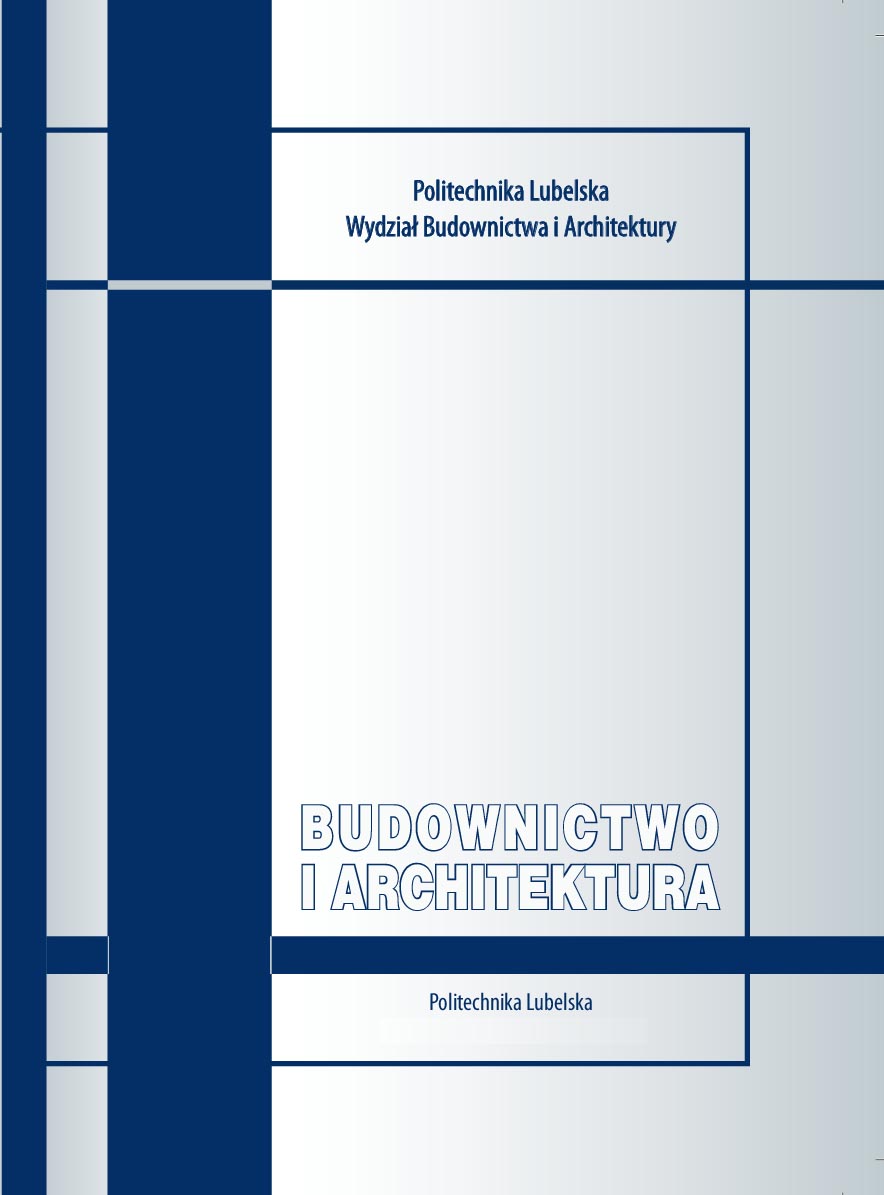Określanie poziomu tłumienia drgań
w mostach i kładkach dla pieszych
Determining the level of damping vibration in bridges and footbridges
Author(s): Jacek Szulej, Paweł OgrodnikSubject(s): Architecture, Geography, Regional studies
Published by: Biblioteka Politechniki Lubelskiej
Keywords: damping level; composite structures; the collocation method; the energy method
Summary/Abstract: While designing slim and slender structures such as cable-stayed, suspended and arch bridges and footbridges, data on the dynamic behavior of structure are required. One of the main quantities, included in the calculations, is the damping parameter of vibration of the structure whose corresponding value has a direct impact on the proper behavior of the facility. One of currently applied approaches in the case of complex constructions, is the use of methods defining the equivalent damping coefficient which refers to the given form of natural vibrations. Among these methods, the collocation method and energy method can be distinguished. The collocation method refers to the existing facilities and requires performing measurements of vibration and spectral processing of time course of vibrations. The energy method requires the creation of FEM model of construction and it estimates the kinetic energy of the vibrating system. The above- mentioned methods are used in the calculations of the damping level of vibration of two structures, i.e.: arch John Paul II Bridge in Pulawy and a footbridge located in Lublin.
Journal: Budownictwo i Architektura
- Issue Year: 15/2016
- Issue No: 1
- Page Range: 95-103
- Page Count: 10
- Language: Polish

